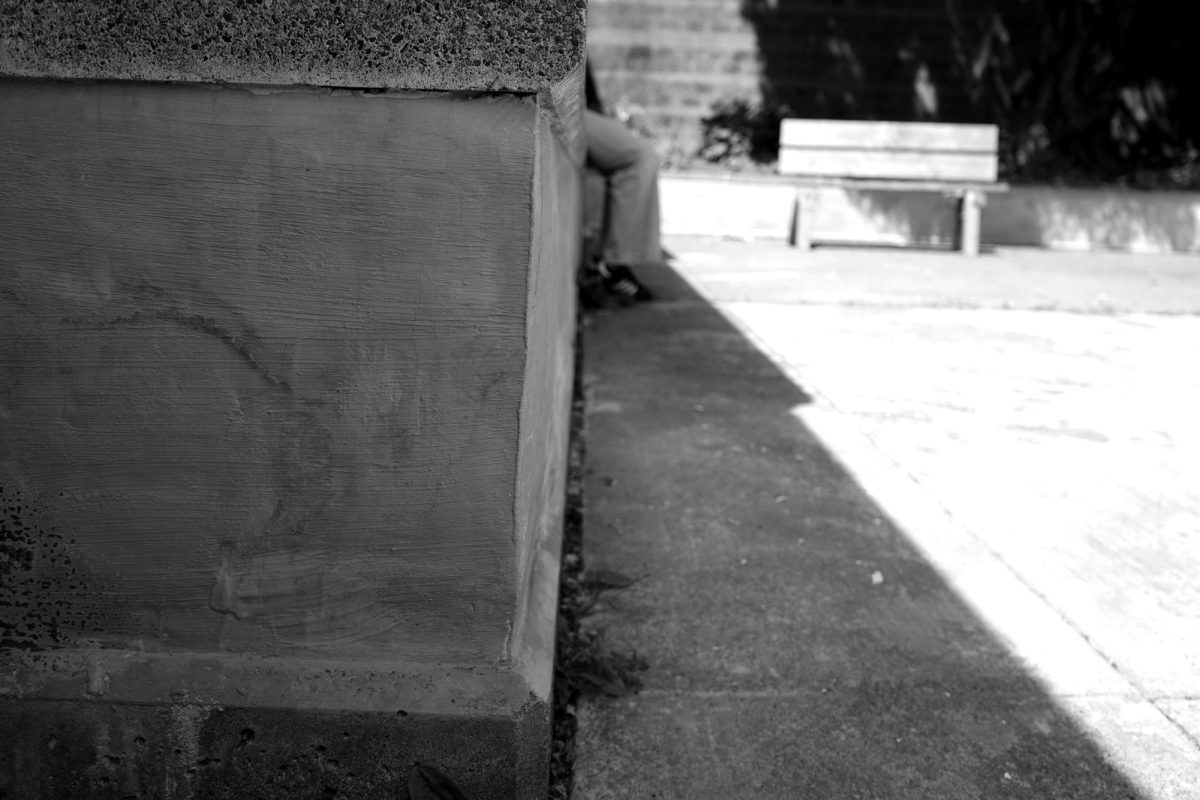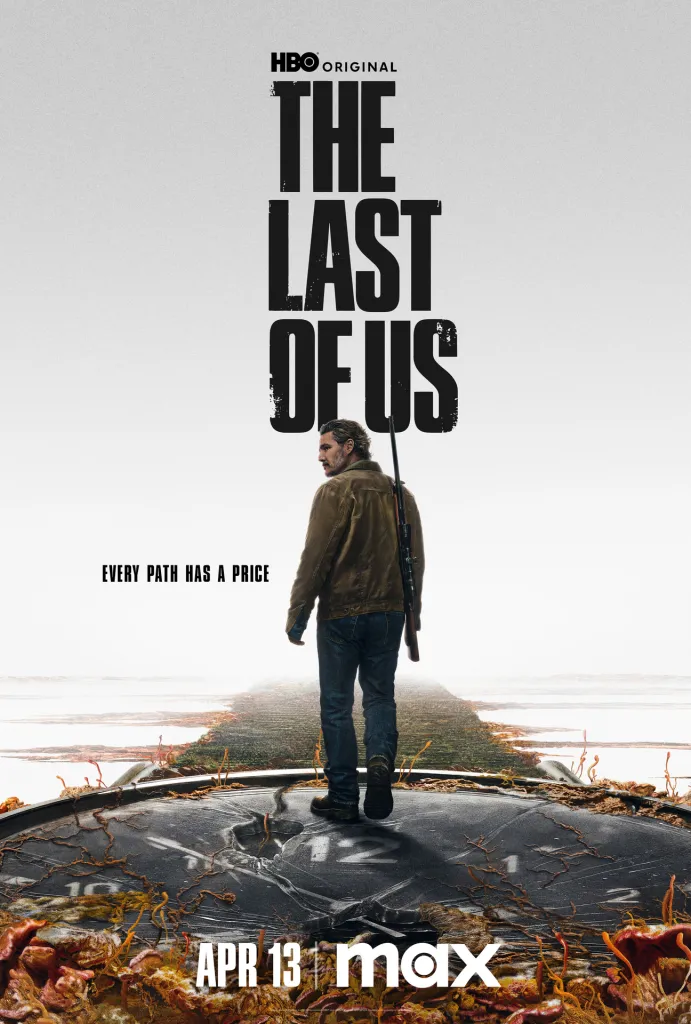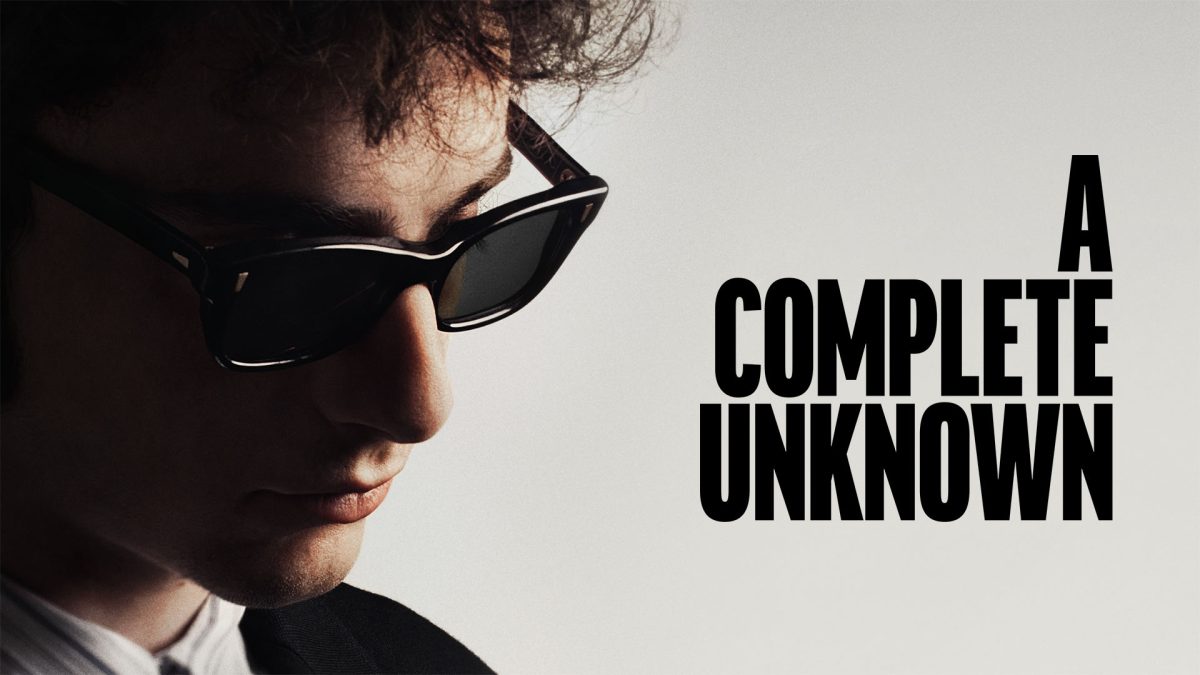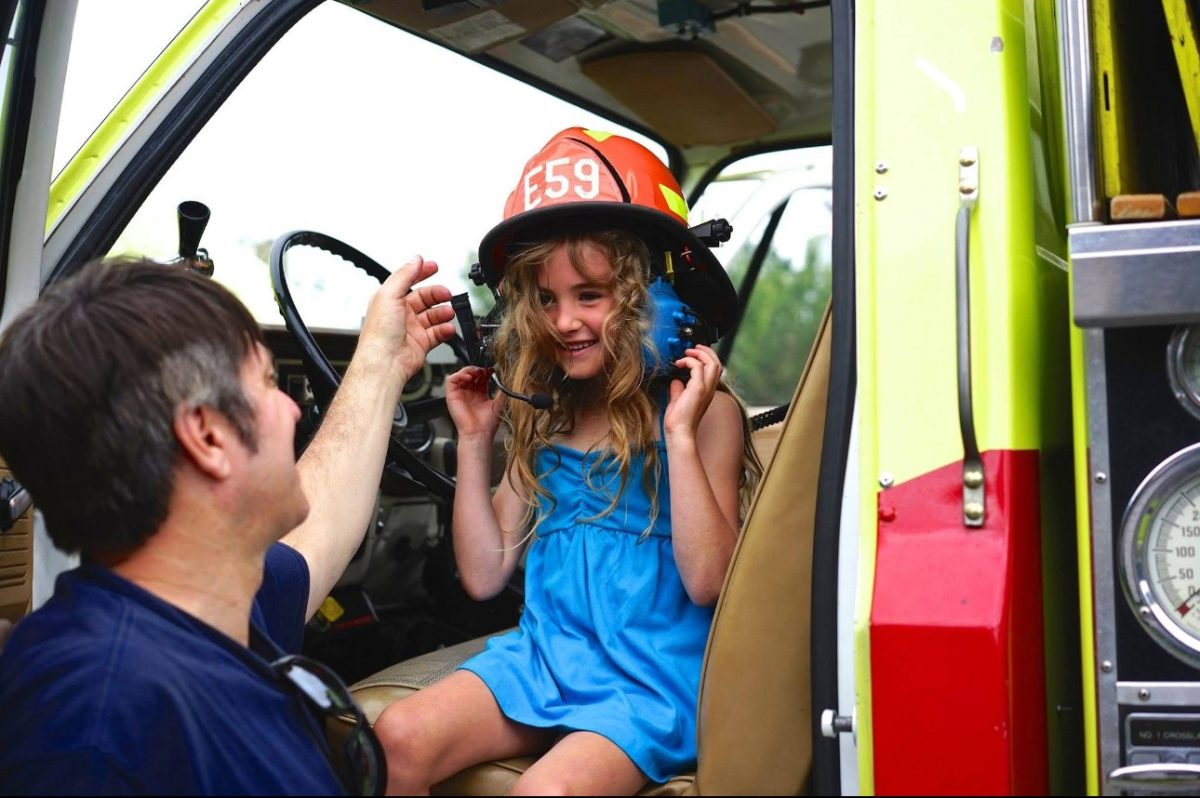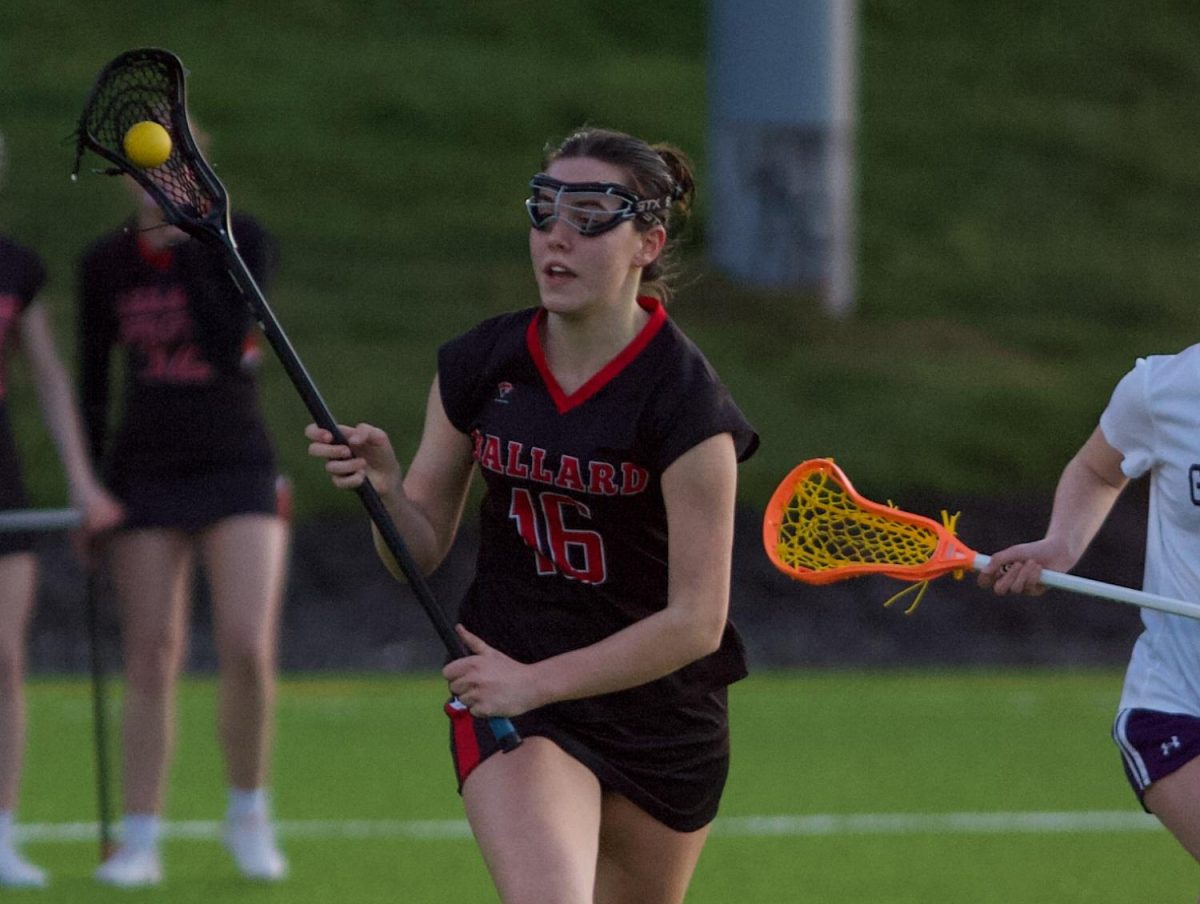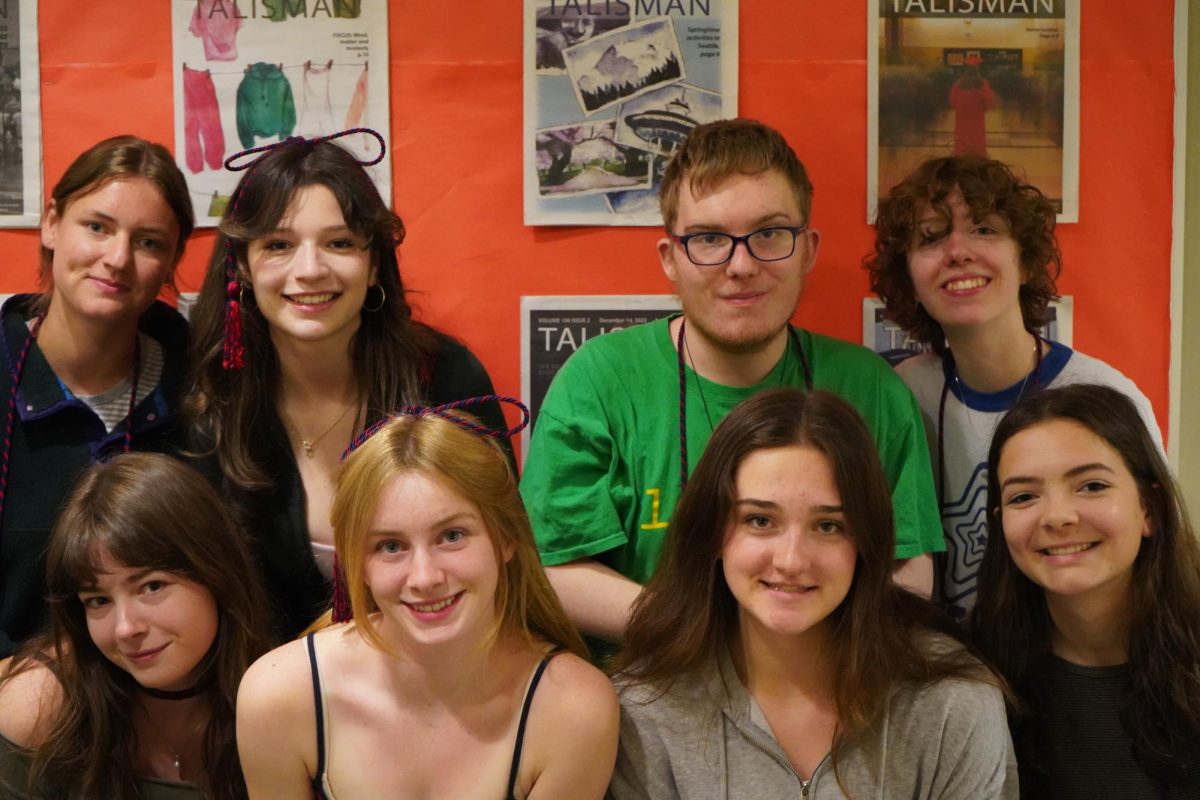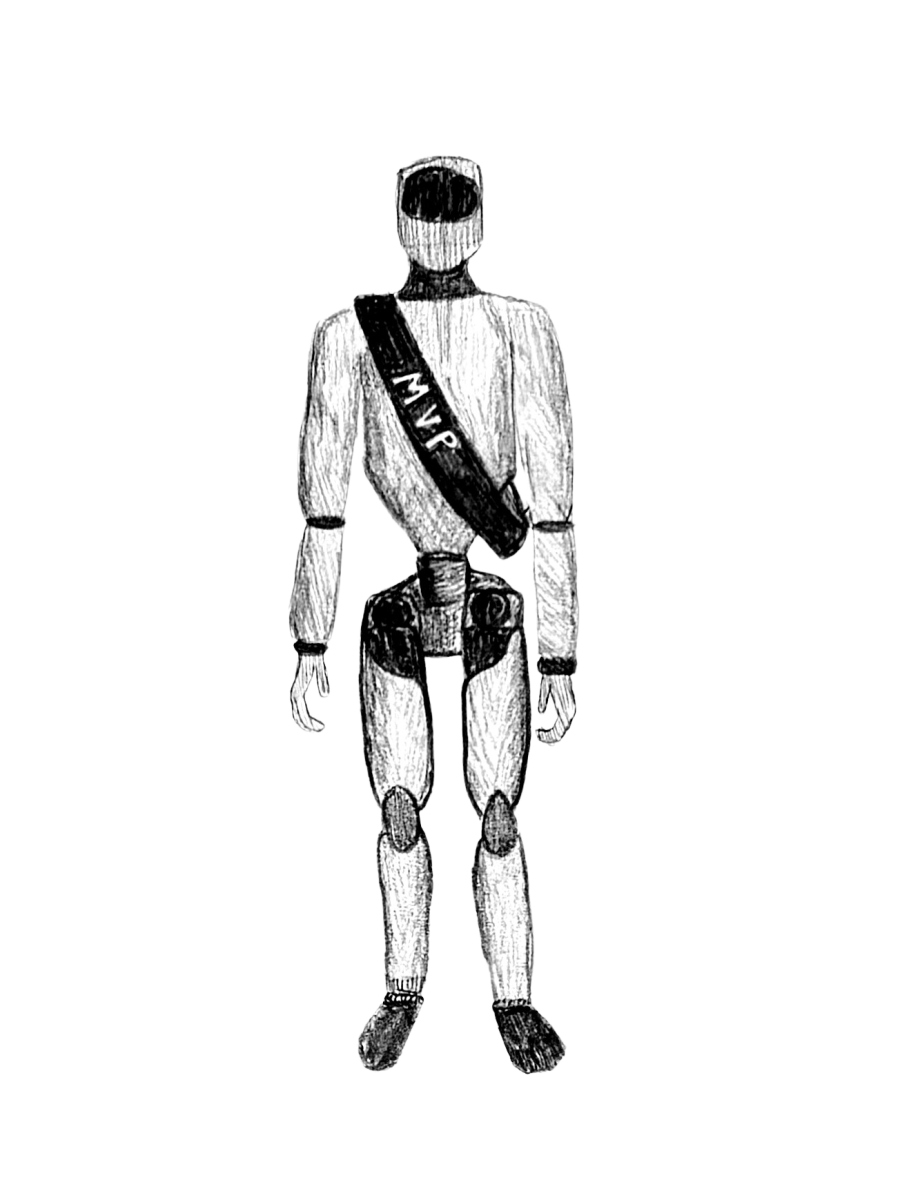An Interview of Stefan Frei’s art career from inspirations to struggles
by Eliot Jamet, Staff Reporter
Stefan Frei, with his series A painting in the back
Stefan Frei, the Seattle Sounders goalkeeper, is a beloved soccer player who’s played for 16 years in the game. While soccer is his career, he also has another talent for art.
Even before university, Frei has been an aspiring artist and instead chose soccer and Ancient history.
From his own sport to the graffiti on the train yards Stefan Frei explains what inspires him in his art and what struggles he faces as an athlete and artist.
Interviewer: How do you manage to make art during the regular season vs the off season?
Stefan: “It’s difficult to make art during the Sounders season but it’s still very important because I think I have my days where I’m super stressed out and if I do have an off day, it is a really nice thing to be able to maybe get lost in it for a couple hours.
You’ve got to run around the camera, make sure things are drawn properly, moving up and down, so it can be a bit exhausting.”
Interviewer: Your art is based off of graffiti, tell me what sort of graffiti artist inspires you, since there are so many? Examples such as Basquiat.
Stefan: “Whenever I went on the train for soccer practice back in Switzerland, I would see a lot of graffiti in overpasses, or in abandoned train yards on trains that are passing by, so for me that was always a connection with those pieces.
There tended to be very explosive and vibrant colors that would pop out at you so I always loved that and back then, graffiti was frowned upon. Graffiti was vandalism, it still is, and is still trying to rid itself of some of that image.
There are so many artists that come from or are influenced by street art and these pieces of art are selling for tens of millions of dollars these days, so I think the respect has grown tremendously.
I have a lot of geometric shapes and I find a lot of that has to do with my affection for architecture. So I find a lot of guys who will either come from an architecture background, or just paint in a similar fashion to find it very intriguing.
So you’ll see a lot of layers of blue, yellow, red, and so in some places they overlap and they create different colors so some are very unique. I’m happy to see that street artists are more viewed as what is, and there’s still some artists that are staying and speaking of someone like Banksy.
Interviewer: How long does it take for you to make these paintings and what do you base them off?
Stefan: “The length of time spent making each painting can vary. The time spent on a painting depends on the size of the painting itself, the process of actually painting it, and whether you have a smaller painting.
Like the A series was a 24 by 36 or something like that so that’s quite small, that’s probably less than a quarter of the size of “Reflection”.
So that drastically changes the amount of paint you need and the amount of work that goes in. Something like Reflection, was probably about, from beginning to end, probably about 80 hours. You’re putting a lot of conception into the concept design.
Then I put the underpainting in, and I tend to import that under painting into Illustrator, where I didn’t do a lot of sketching on it. At that point it becomes a process of putting them back on the canvas.
The inspiration comes from everywhere, but I’m getting to the point where one of my paintings has to have some kind of meaning behind them.
I mean even there, maybe there are some feelings and emotions behind it, because you’re obviously picking colors for a reason. But I do try to figure out very early on, what and why I want to paint and give the piece of art its purpose.”
Interviewer: From what I heard Berkeley apparently didn’t let you do art and instead soccer, why was that specifically, and what do you feel about it in retrospect? Tell us the conversation around it and if you regret it.
Stefan: I went on a partial scholarship for soccer at University of California at Berkeley, so I was always gonna play soccer. But that wasn’t really the one or the other sort of option, when it came to picking what you were studying. My first choice would have been art.
Art is very time consuming, especially when you’re studying in college, and there’s not much room for you to do remote work.
You have to be able to do classes remotely to be a college athlete and that just wasn’t possible with art. In art classes, you have subjects in your class that you have to paint and you cannot miss these classes.
So that wasn’t really possible, my second option would have been architecture, because again for me that is almost a form of art and something that is very intriguing to me and has always appealed to me.
But that was even worse, because UC Berkeley is a very famous school for architecture, so that would have been a very rigorous set of classes and that wouldn’t have worked.
So I ended up studying classical civilization, which is why all my tattoos are Egyptian for the most part because I enjoyed ancient history growing up, such as Roman Egypt, and Greek, that kind of stuff. That’s what I ended up studying at university.”
Interviewer: Does soccer help you with any inspiration or any ways of thinking about art?
Stefan: “Absolutely. I’ve played the sport all my life and I’ve played this position all my life. So it becomes part of my character. There’s no way I can just separate it and come home and be like: ‘Well, I’m not a goalkeeper anymore’
This is a part of me, and I can’t shut that off, and it translates to art as well. So, for those that don’t know what a goalkeeper does, at the very least you need to understand that a goalkeeper cannot make any errors.
Because any errors that a goalkeeper makes are almost always fatal, and they lead to a goal, which is a disaster. So there’s very little room for error and because of that the attention to detail and training is… very precise.
You do not surrender control in any moment that you don’t have to. So, when it comes to painting, for me that’s very difficult as well. I think when you’re talking about obviously the viscosity of painting or the opacity of painting or how two paints melt together.
That’s kind of a beautiful thing that I cannot control. And as much as I want to control that as a goalkeeper, in painting I can’t because I can’t sit there and take every little pigment and manipulate perfectly. You just have a little spray on the water on two different paints and nature happens.
So that’s kind of a beautiful thing that happens on my underpainting. When you see the overpainting, like the green lines, it’s pure precision down to every millimeter. I sit there with rulers and with masking tape and everything has to be precise, to every millimeter. So there’s no way for me to get around, because that’s part of me, and that’s why my art is a reflection of who I am.”



